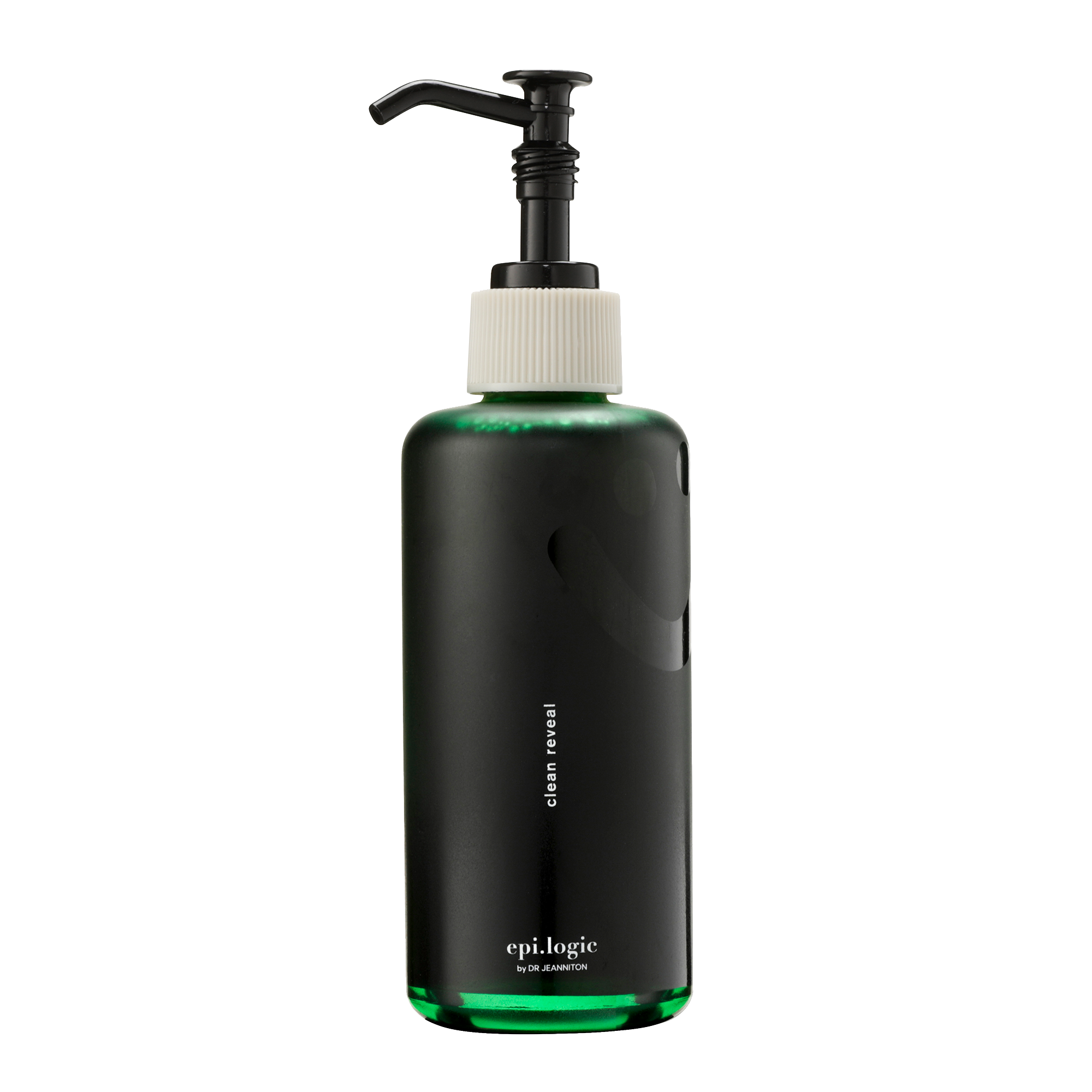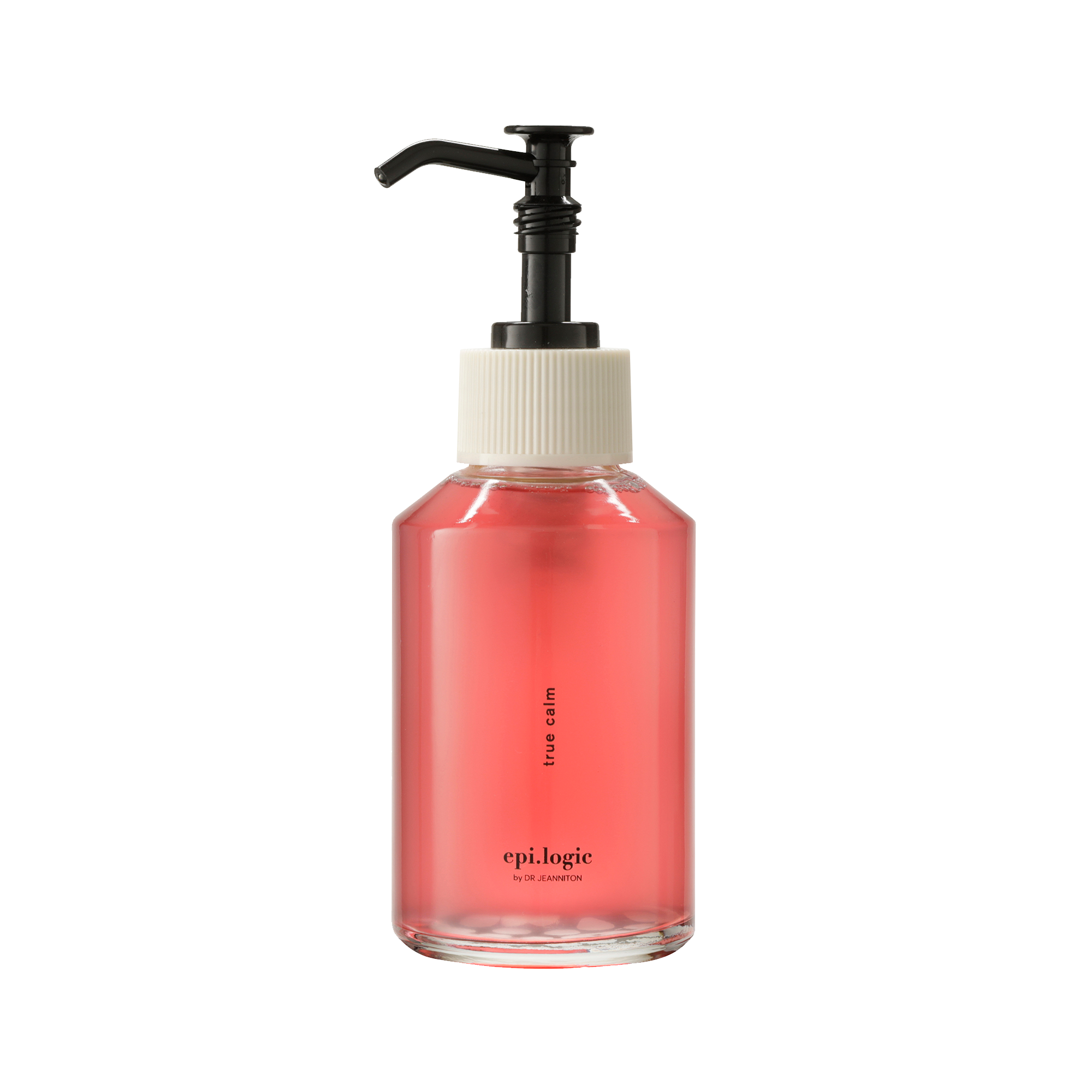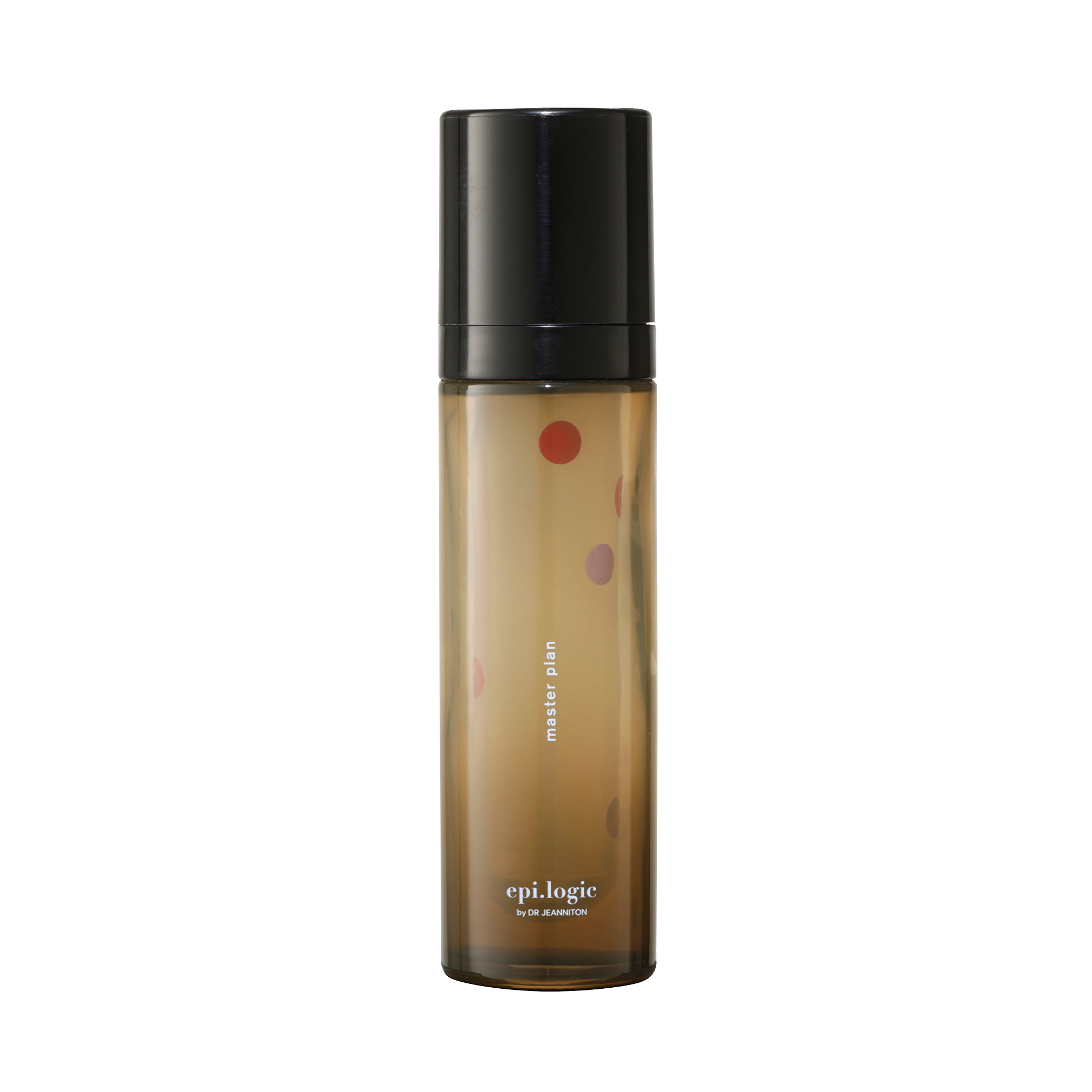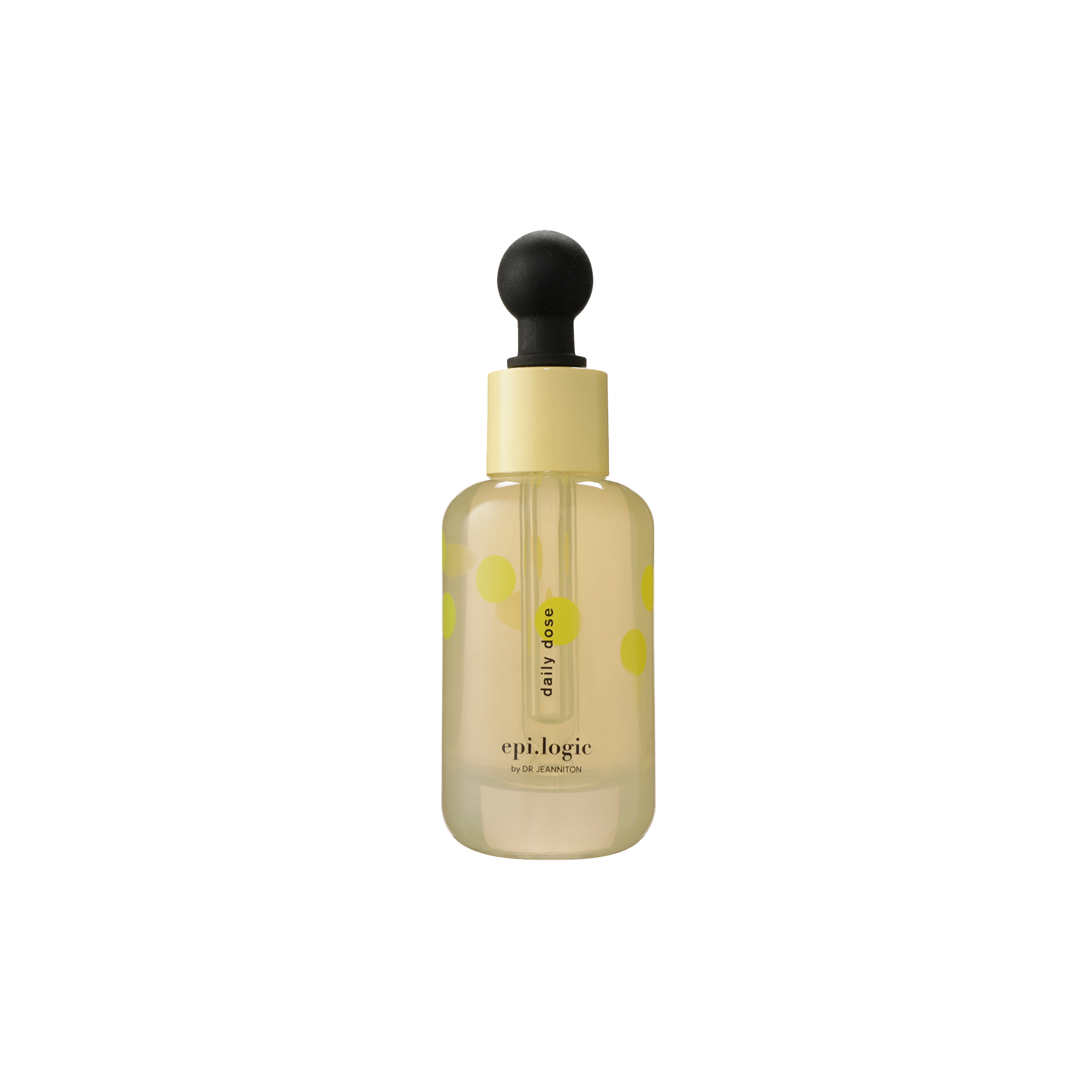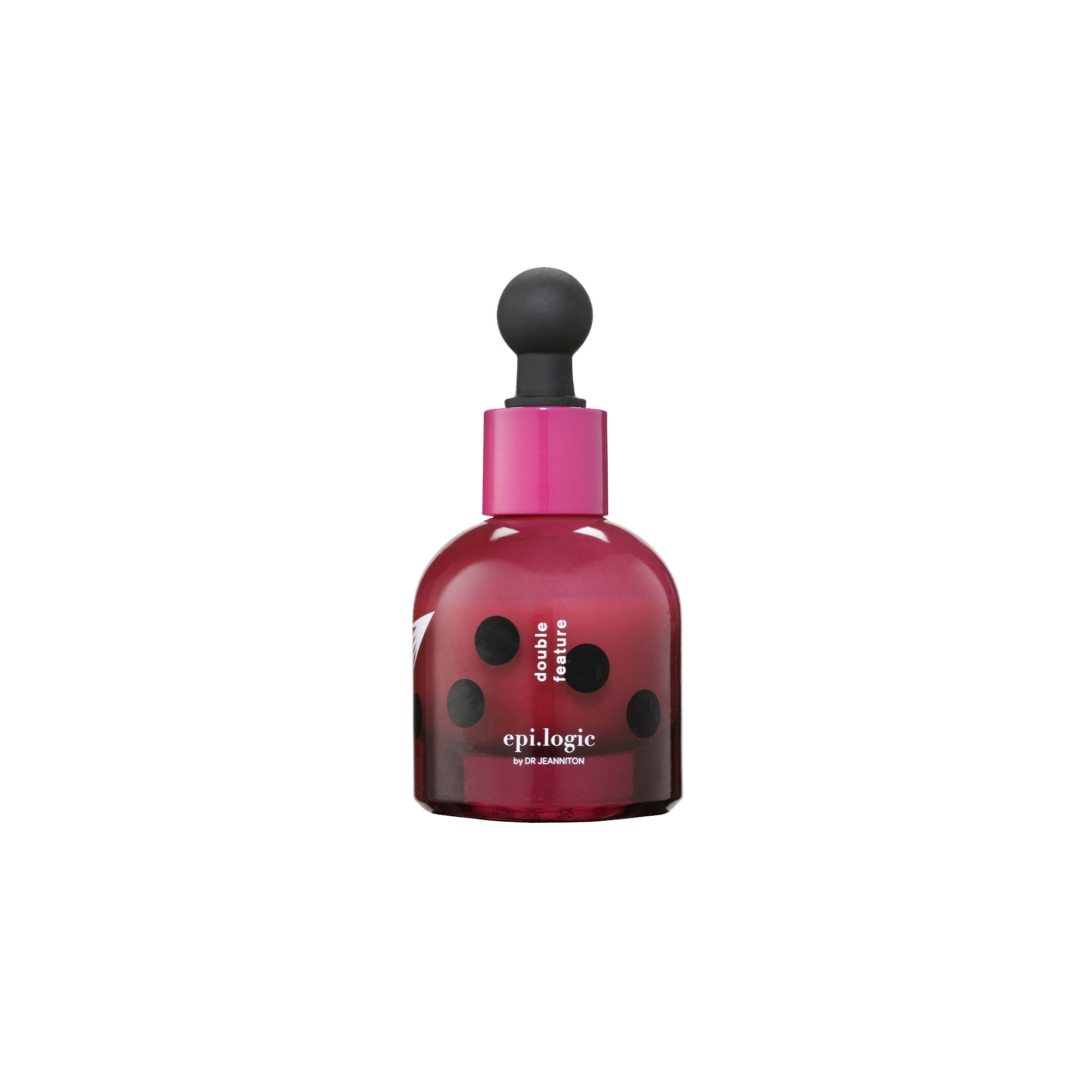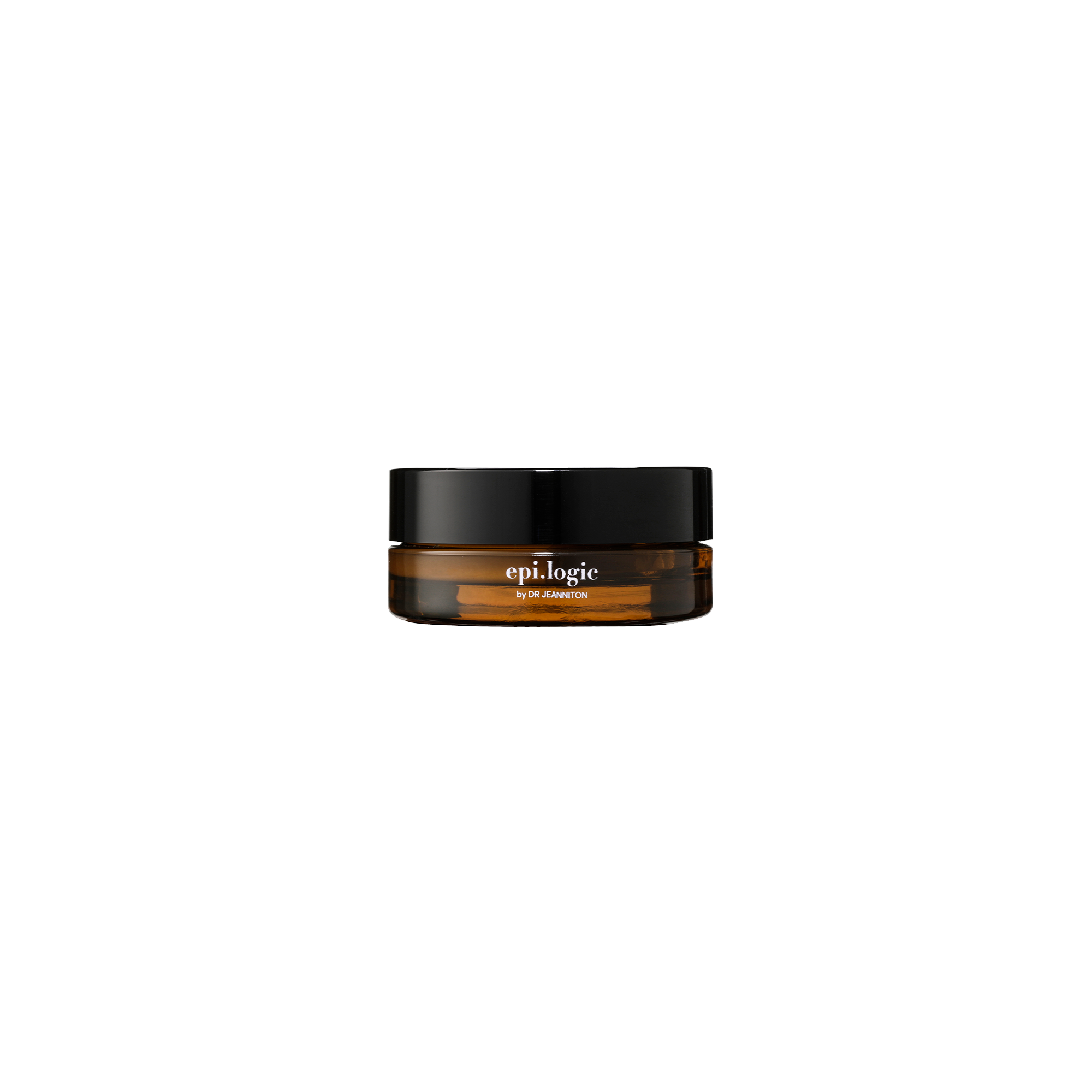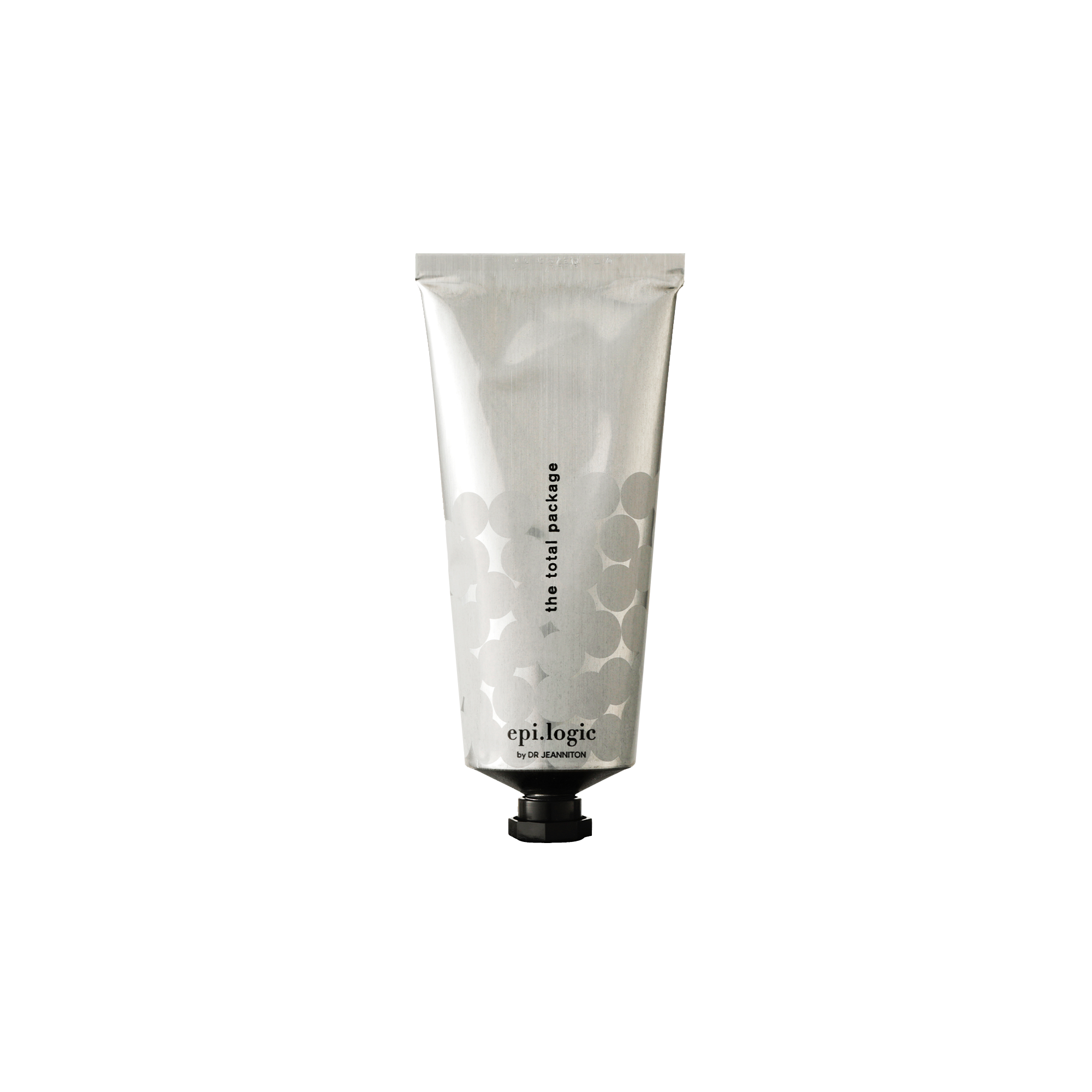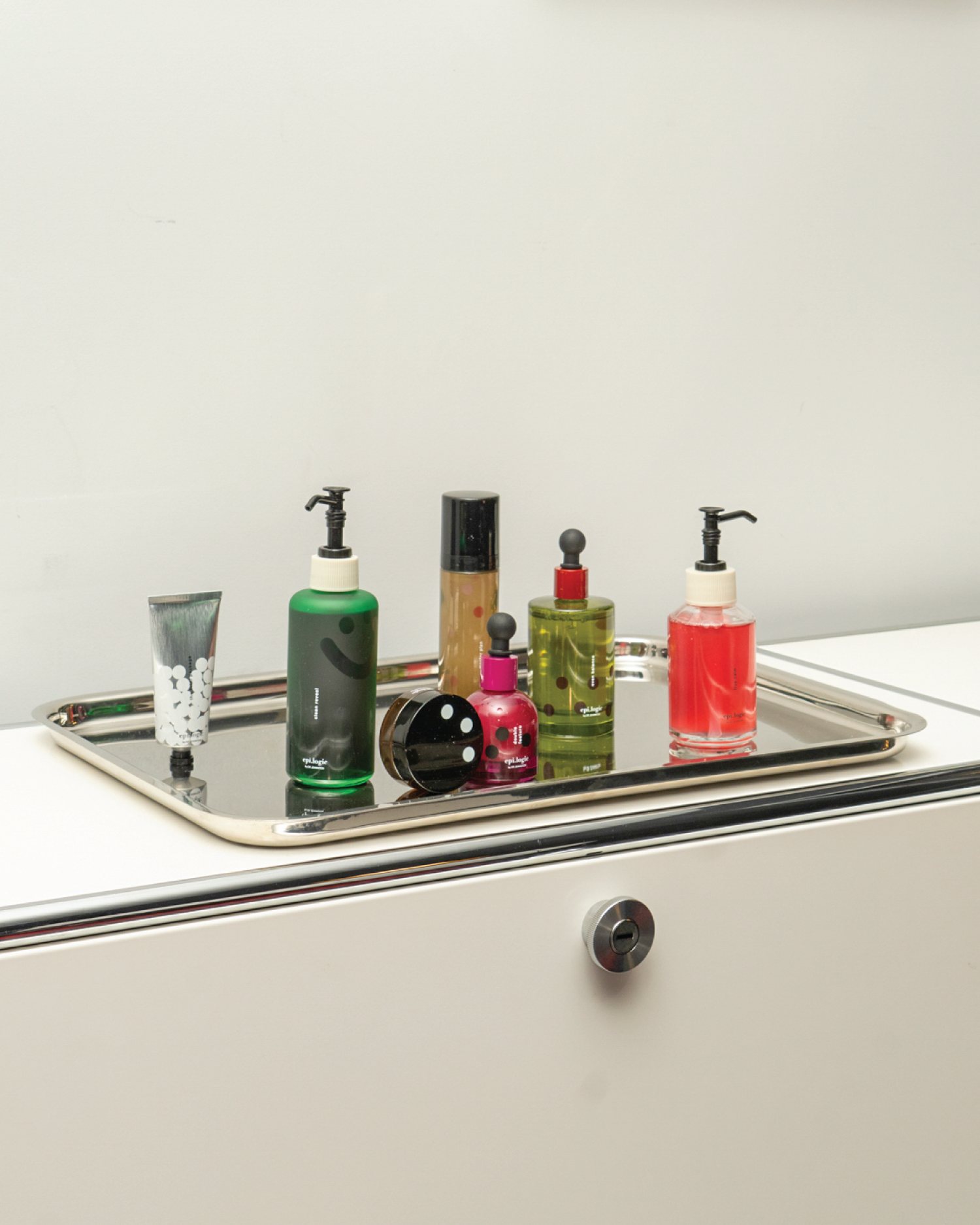Now that we’ve covered what actives do in your skincare. Here are the types worth paying attention to:
Exfoliants – Sweep away dead skin, unclog pores, and refine texture
- Glycolic acid (AHA)¹ ,salicylic acid (BHA), gluconolacctone (PHA)
- Found in: Clean Reveal, Double Feature
Antioxidants – Defend against free radicals, brighten, and support collagen
- Vitamin C², CoQ10, retinol, bakuchiol
- Found in: Even Balance, Eye Contact, Double Feature, The Total Package
Retinoids – Speed up cell turnover, soften fine lines, and even skin tone
- Retinol, encapsulated retinol, retinal ³
- Found in: Double Feature, Eye Contact
Hydrators – Lock in moisture and reinforce the skin barrier
- Hyaluronic acid, glycerin, squalane, polyglutamic acid⁴
- Found in: Master Plan, True Calm, Even Balance, Double Feature, The Total Package, Eye Contact
Peptides – Reinforce skin structure and boost elasticity.
- Palmitoyl tripeptide-1, acetyl hexapeptide-8, sh-polypeptide-121⁵
- Found in: The Total Package, Master Plan, Eye Contact
Brighteners – Fade dark spots and even skin tone
-
* Niacinamide, Vitamin C, bakuchiol
⁶
- * Found in: The Total Package, Eye Contact
Skin Soothers – Calm irritation and strengthen the barrier
-
* Rosehip seed oil
⁷
, aloe, chamomile, ashwagandha - * Found in: True Calm, Clean Reveal, The Total Package
Growth Factors – Support skin repair and collagen production
-
* Human-derived stem cell conditioned media
⁸
- * Found in: Master Plan
As you can see, every active has a role. But using them correctly? That’s where the real impact happens.
¹ Tang SC, Yang JH. Dual Effects of Alpha-Hydroxy Acids on the Skin. Molecules. 2018 Apr 10;23(4):863. doi: 10.3390/molecules23040863. PMID: 29642579; PMCID: PMC6017965.
² Pullar JM, Carr AC, Vissers MCM. The Roles of Vitamin C in Skin Health. Nutrients. 2017 Aug 12;9(8):866. doi: 10.3390/nu9080866. PMID: 28805671; PMCID: PMC5579659.
³ Zasada M, Budzisz E. Retinoids: active molecules influencing skin structure formation in cosmetic and dermatological treatments. Postepy Dermatol Alergol. 2019 Aug;36(4):392-397. doi: 10.5114/ada.2019.87443. Epub 2019 Aug 30. PMID: 31616211; PMCID: PMC6791161.
⁴ Purnamawati S, Indrastuti N, Danarti R, Saefudin T. The Role of Moisturizers in Addressing Various Kinds of Dermatitis: A Review. Clin Med Res. 2017 Dec;15(3-4):75-87. doi: 10.3121/cmr.2017.1363. Epub 2017 Dec 11. PMID: 29229630; PMCID: PMC5849435.
⁵ Lupo, M. P., & Cole, A. L. (2007). Cosmeceutical peptides. Dermatologic Therapy, 20(5), 343-349. https://doi.org/10.1111/j.1529-8019.2007.00148.x
⁶ Chaudhuri, R. K., & Bojanowski, K. (2014). Bakuchiol: A retinol-like functional compound revealed by gene expression profiling and clinically proven to have anti-aging effects. International Journal of Cosmetic Science, 36(3), 221-230. https://doi.org/10.1111/ics.12117
⁷ Oargă Porumb DP, Cornea-Cipcigan M, Cordea MI. Unveiling the mechanisms for the development of rosehip-based dermatological products: an updated review. Front Pharmacol. 2024 Apr 11;15:1390419. doi: 10.3389/fphar.2024.1390419. PMID: 38666029; PMCID: PMC11043540.
⁸ Quinlan DJ, Ghanem AM, Hassan H. Topical growth factor preparations for facial skin rejuvenation: A systematic review. J Cosmet Dermatol. 2023 Jul;22(7):2023-2039. doi: 10.1111/jocd.15644. Epub 2023 May 24. PMID: 37222303.

